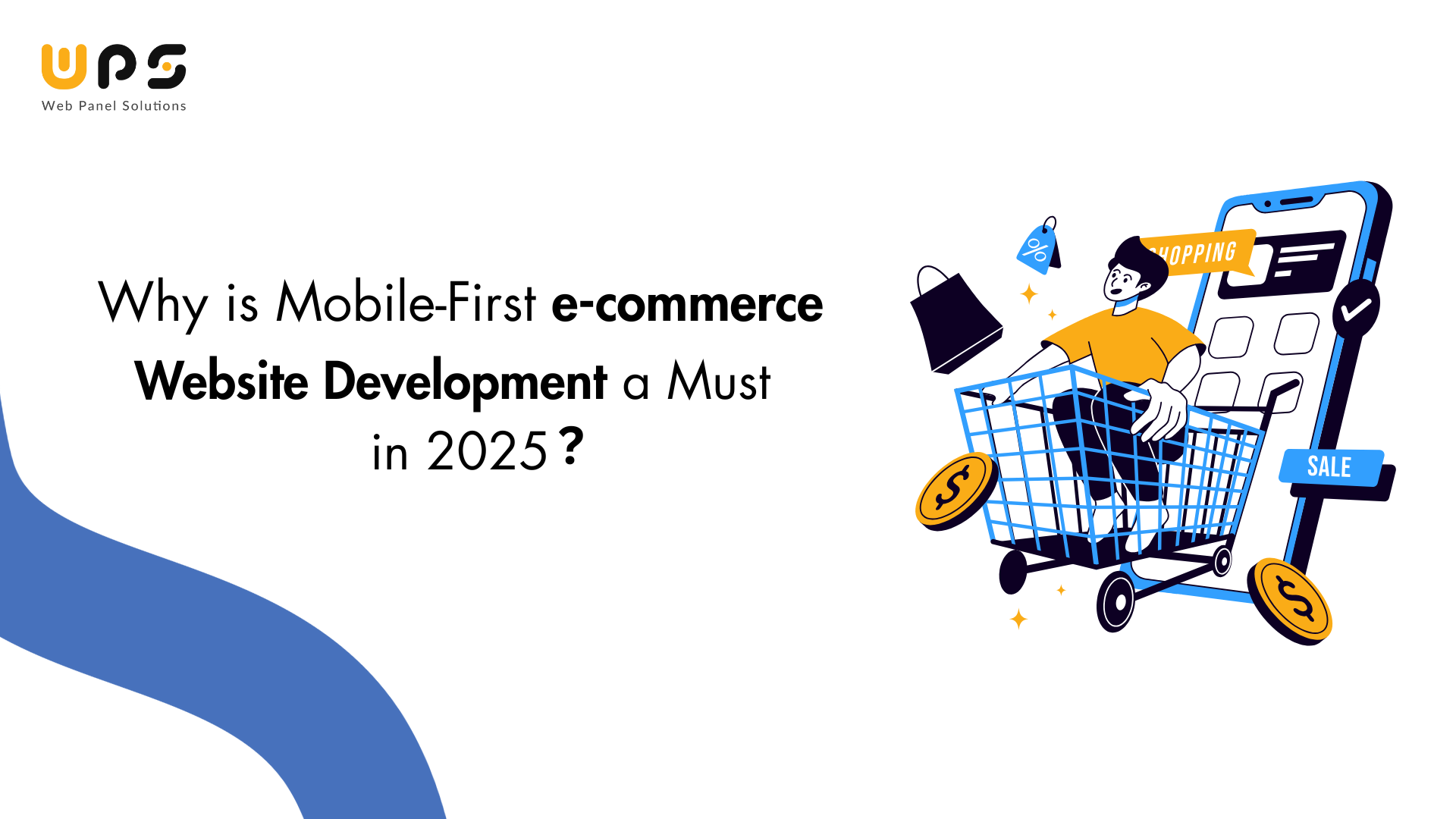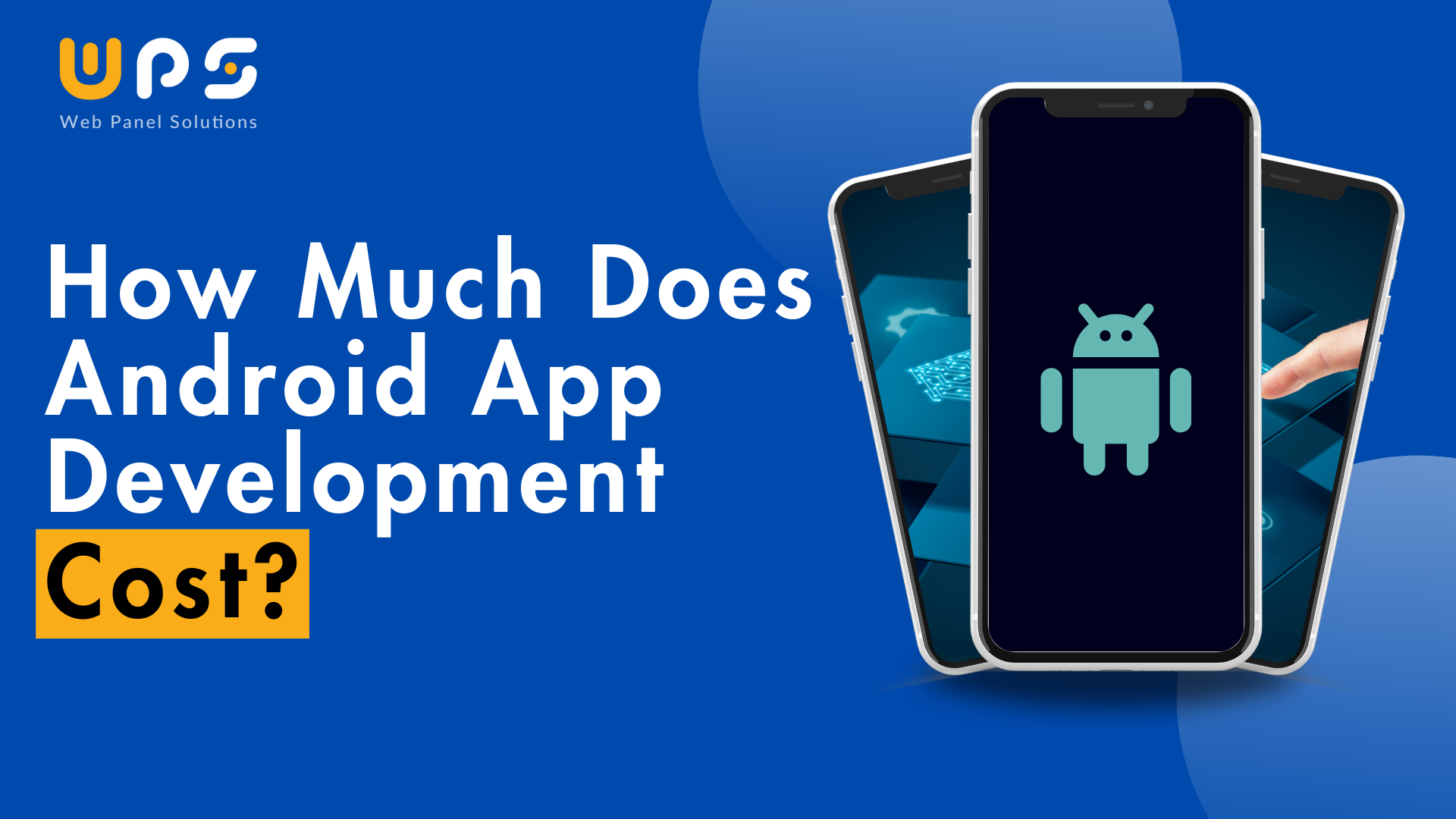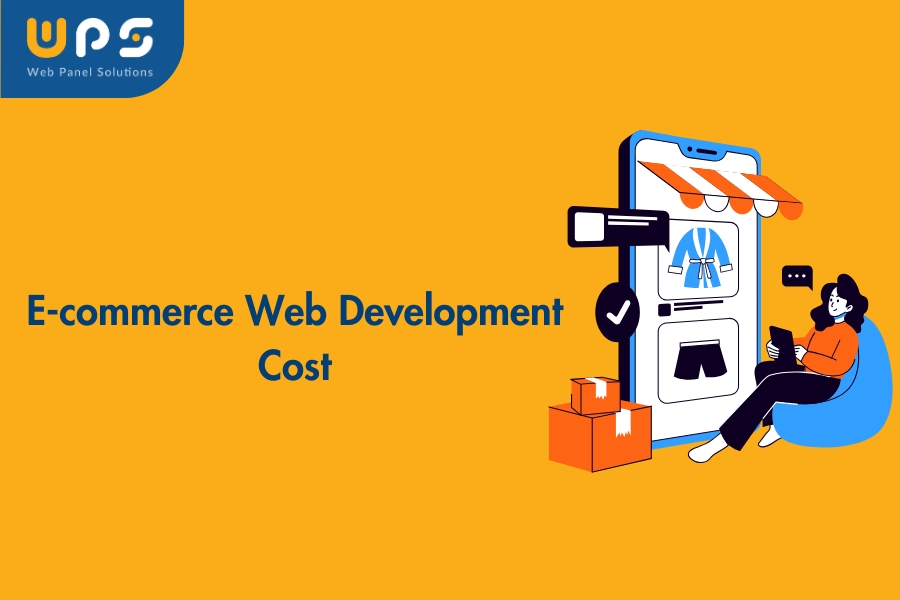Why is Mobile-First e-commerce Website Development a Must in 2025?
4 min read
20th May, 2025
Shoppers now prefer to browse, compare and purchase products from their mobile phones rather than from desktops due to the rapid adoption of smartphones and better internet accessibility. Since mobile shopping offers convenience through one-click checkouts, digital wallets, and AI-driven recommendations, mobile shopping has become the dominant force in eCommerce.
According to studies, more than 70% of global eCommerce sales are being generated on mobile devices and this percentage is only rising year on year. This is a shift in user behaviour that tells businesses that they need to adopt a mobile-first approach in developing their websites to remain competitive.
If you fail to design mobile-first with the help of the right ecommerce website development services provider, you end up with a poor user experience, long page load time and, therefore, a high bounce rate and, consequently, will decline sales and brand loyalty. Here is a detailed blog on mobile-first ecommerce website development.
High Mobile Commerce Growth
As mobile commerce (m-commerce) is growing quickly, mobile-first website development is no longer a choice, it has become a necessity for the e-commerce industry. However, with the consumer behaving differently on mobile, it is no longer a trivial matter for businesses that must neglect the development of their websites for the mobile consumers to lose a lion’s share of the market.
According to Statista, 72.9% of the world's GDP revenue is coming from mobile devices worldwide. The number has been growing over the years. Ultimately, the success of mobile transactions is on the rise, supporting mobile commerce to reach $4.5 trillion annually by 2025.
Now, almost all of the websites are impacted by Google’s mobile-first indexing (Google, 2024), meaning that not having a mobile-friendly site may mean not ranking well in search and losing organic traffic.
This solidifies the need for businesses to embrace a mobile-first approach as soon as possible. You better hurry if your users’ are not expecting any other than a seamless, fast, and intuitive mobile experience, if your users are not optimizing their companies for mobile they risk having higher bounce rates, lower conversion rates, and lesser visibility on search engines.
In 2025 and beyond, brands that begin by creating mobile-first design, fast-loading pages, and a smooth checkout process will gain an advantage in maximizing sales as well as customer satisfaction.
Changing Consumer Behavior: The Shift to Mobile
In recent years, consumer shopping habits have changed greatly, and mobile shopping has become the preferred shopping choice for millions all over the world. There are main reasons responsible for this shift: convenience, speed and the rise of social commerce are the main reasons why mobile-first eCommerce is necessary for businesses.
Smartphones eliminate the need for desktop or physical shopping by creating instant access to online stores through smartphones.
- Readiness: The increase in ready access to a digital wallet such as Apple Pay, Google Pay, and UPI has made transactions faster and hassle-free, cutting down on the checkout time.
- Mobile Shopping: Social Commerce has been mainstreamed as the ability to purchase products directly from social media feeds has been enabled for Instagram, TikTok, and Facebook.
But despite the increasing demand for mobile shopping, a poor checkout is still a big issue. The Baymard Institute reports that only 30% of people continue checking out through mobile if the checkout process isn't optimized for mobile, causing businesses to lose a lot of revenue.
Mobile commerce is going to be king in retail moving forward in 2025 and beyond, and to protect profitability and growth you don't have a choice, you must become a mobile-first customer experience brand. To know more on that, reach out to a reputed ecommerce website development services provider.
Google’s Mobile-First Indexing: SEO & Ranking Impact
The mobile-first indexing approach from Google bases its website indexing and ranking procedures on the mobile version of websites first. Most users now prefer to access the web from mobile devices instead of desktops which led to this indexing change. The failure to provide mobile-friendly website experiences leads to search engine ranking deterioration along with reduced website traffic and declined revenue potential.
The speed of page loading and the quality of user experience stand as vital factors which influence mobile SEO success. Research from Google (2024) reveals that website users abandon sites that require more than 3 seconds for page loading. Mobile-friendly sites achieve increased user engagement by 15% according to Think with Google (2024) research which proves that excellent mobile experiences retain visitors longer and foster more user interactions.
The lack of mobile-responsive website development among businesses will cause them to lose search engine rankings because Google keeps improving its search algorithms. A site that meets all requirements for speed, responsiveness and mobile usability stands as a basic necessity for SEO achievement through 2025 and into future years.
Mobile UX & Conversion Optimization
The development of a perfect mobile user experience stands essential for achieving customer retention and conversion success. More consumers shop through smartphones so businesses need to guarantee responsive websites that function well and load quickly to retain customer engagement.
Mobile UX requires three essential components which are:
The website implements responsive design which optimizes its appearance across every screen dimension while maintaining full capabilities and visual appeal.
Easy usability can be achieved through user-friendly interface elements such as large buttons and clear menu structures and clickable design elements.
Users experience frustration because slow websites cause them to abandon sales opportunities. One-second increases in web page load time cause a 20% decrease in the number of conversions as reported by Google.
Responsible mobile optimization directly impacts the number of conversions that customers make. Research demonstrates that mobile-friendly websites convert customers 67% better than those with no mobile optimization.
User experience optimization has become essential for search rankings because Google uses Core Web Vitals to evaluate loading performance interactivity and visual stability which directly impacts search rankings. While going for development, make sure to prioritize UI/UX and not solely focus on cost. E-commerce website development cost easily brings high return when the trending approach is followed.
Mobile Payment Revolution & Security
Mobile payments complete a revolution in online shopping that delivers quicker and convenient transactions together with improved security measures. Consumer preference has shifted toward mobile wallets Apple Pay and Google Pay and UPI and PayPal since these wallets provide user-friendly features as well as enhanced security.
The following industry statistics demonstrate this changing market trend:
The majority of 85% of users select mobile-friendly payment solutions when making online transactions. Market analysts predict mobile payments will advance beyond $15 trillion by 2025 because more people use smartphones and digital payment technology expands.
Firms must make seamless secure mobile payment features their top priority since they serve as critical elements to increase purchase success rates and win customer confidence. The combination of complex checkout procedures drives customers to abandon their purchases but easy one-step checkout solutions produce better transaction completion results.
The platform uses SSL encryption together with tokenization methods to safeguard important user data. Multi-factor authentication (MFA) for secure logins and transactions. Companies use Artificial Intelligence to detect unauthorized transactions and prevent them through their fraud detection system.
The Increasing Role of AI, Chatbots & Personalization, and More
Mobility is now becoming home to Artificial Intelligence (AI) which revolutionizes the user experience through personalization, chatbots and even voice search. Today’s customers want frictionless, simple, and hyper-personalized interactions and AI they need to deliver these customer experiences and increase engagement and revenue.
Instant query resolution is enabled through AI chatbots that receive messaging from customers and quickly provide the answers necessary. Even brands can handle customer queries at all times of the day using AI chatbots. These bots simplify the buying process and reduce drop-offs while improving conversions.
The rise of Siri, Alexa and Google Assistant have led to the fact that voice searches have become the norm amongst consumers, who generally use voice searches to find products, compare prices, or even order. These websites have to optimize for voice based queries, else they will not win.
Salesforce studies in 2024 revealed 80% of mobile shoppers expect personalized recommendations based on their browsing and purchase history. Personalization based on AI improves the experience of customers and helps businesses in providing dynamic product suggestions, targeted discounts, and customized content.
Conclusion
With artificial intelligence (AI), mobile e-commerce is making leaps and bounds when it comes to increasing user experience by adding personalization, chatbot and voice search. Seamless, intuitive and highly tailored customer interactions are expected from today’s shoppers and AI-driven solutions help businesses focus on it while increasing engagement and revenue. To know more on this, reach out to Web Panel Solutions- a leading ecommerce website development services provider.
With Siri, Alexa and Google Assistant being the buzzwords, consumers are already doing voice commands to look for products, compare prices and even place orders. eCommerce websites are foregoing voice-based queries if they want to stay competitive. AI has had a huge impact on mobile eCommerce. Personalized shopping experiences provide an opportunity for users to spend more time on a website.




















